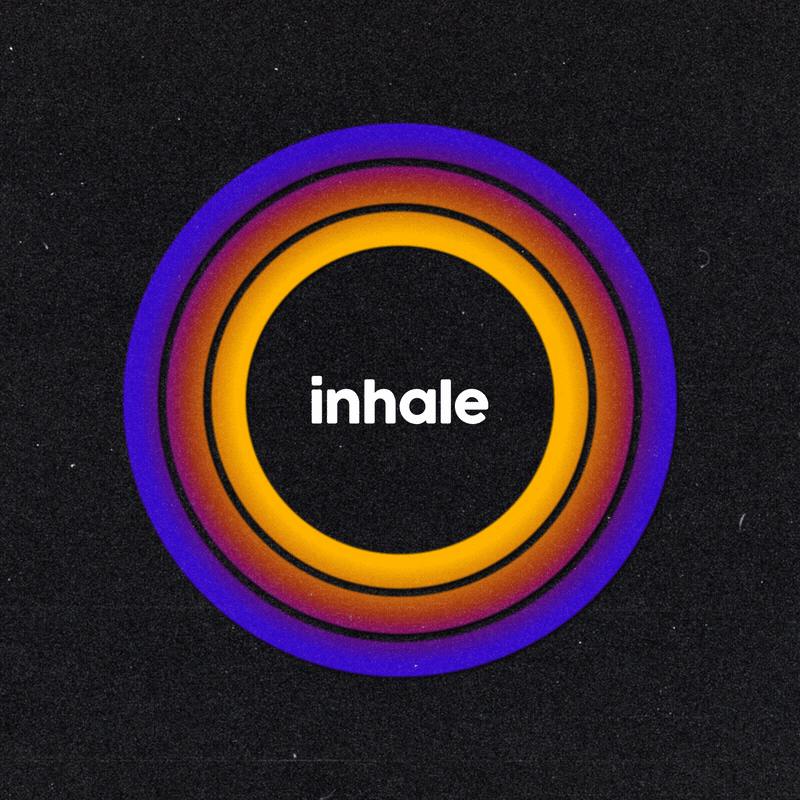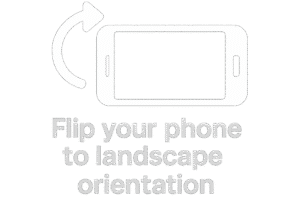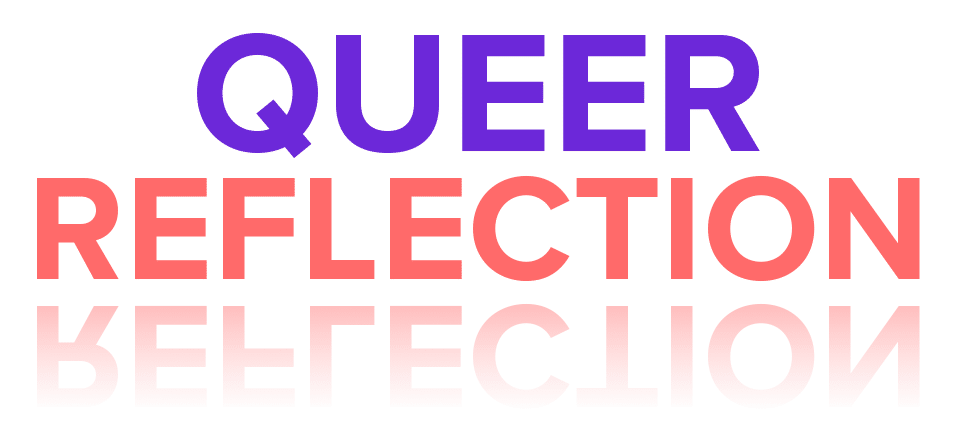Welcome to The Dinner Table Encounter
This is not a quiz.
This is not a game.
This is a moment of reflection.
 The Dinner Table invites you into a conversation—a familiar scene that many queer people know all too well. A family gathering. Small talk. Unspoken tensions. Casual questions that carry the weight of judgment or misunderstanding.
The Dinner Table invites you into a conversation—a familiar scene that many queer people know all too well. A family gathering. Small talk. Unspoken tensions. Casual questions that carry the weight of judgment or misunderstanding.
Here, you’ll step into that space. You’ll face a series of questions and emotional moments that LGBTQ+ people often navigate in real life. But this isn’t about getting the “right” answer. There are no points. No winning or losing.
Instead, each choice you make will reveal new dialogue, new responses, and new feelings. You may recognize yourself. You may recognize someone you love.
How It Works:
- Read each scenario carefully.
- Choose the response that feels most natural or honest to you.
- Your choices shape the unfolding conversation.
- At the end, you’ll receive a reflection prompt to help process what you felt along the way. Your response will help guide us in creating future Encounters.
Take your time. Be present. This is an invitation to feel, to listen, and to reflect—not just on the story, but on the real emotions these encounters mirror.
Thank you for being here.
Welcome to The Dinner Table Encounter
This is not a quiz.
This is not a game.
This is a moment of reflection.
The Dinner Table invites you into a conversation—a familiar scene that many queer people know all too well. A family gathering. Small talk. Unspoken tensions. Casual questions that carry the weight of judgment or misunderstanding.
Here, you’ll step into that space. You’ll face a series of questions and emotional moments that LGBTQ+ people often navigate in real life. But this isn’t about getting the “right” answer. There are no points. No winning or losing.
Instead, each choice you make will reveal new dialogue, new responses, and new feelings. You may recognize yourself. You may recognize someone you love.
How It Works:
- Read each scenario carefully.
- Choose the response that feels most natural or honest to you.
- Your choices shape the unfolding conversation.
- At the end, you’ll receive a reflection prompt to help process what you felt along the way. Your response will help guide us in creating future Encounters.
Take your time. Be present. This is an invitation to feel, to listen, and to reflect—not just on the story, but on the real emotions these encounters mirror.
Thank you for being here.
Take a Few Breaths Before You Begin
Before you step into this story, pause.
Close your eyes and take a few slow, deep breaths — in through your nose, out through your mouth…
Let your heart soften… Let your mind open… Let yourself feel, without rushing to fix, explain, or escape…
If you find it helpful, spend a few moments breathing with the animation to the right. It will help you to relax and step into the moment.
Ambience
Let’s set the mood with some ambient sound. (Click play to begin.)

Take a Few Breaths Before You Begin
Before you step into this story, pause.
Close your eyes and take a few slow, deep breaths — in through your nose, out through your mouth…
Let your heart soften… Let your mind open… Let yourself feel, without rushing to fix, explain, or escape…
If you find it helpful, spend a few moments breathing with the animation to the right. It will help you to relax and step into the moment.

Ambience
Let’s set the mood with some ambient sound. (Click play to begin.)
Let’s Begin
Take your time. Notice what stirs in you. Notice the pull between connection and self-protection. Your answers will shape how the evening unfolds. When you’re ready…
Step into the shoes of Alex, a 17-year-old nonbinary teen preparing to come out to their family at Thanksgiving. Take a moment to place yourself fully in this seat at the table.
If you’re LGBTQ+, you may already know this terrain well. If you’re not, we invite you to imagine: What if the love you hold, the person you are, the life you live — all felt like a question mark at this table? What if your honesty here could cost you comfort, connection, even safety? Step into that space. Feel what’s at stake.
Now, the question comes:
Let’s Begin
Take your time. Notice what stirs in you. Notice the pull between connection and self-protection. Your answers will shape how the evening unfolds. When you’re ready…
Step into the shoes of Alex, a 17-year-old nonbinary teen preparing to come out to their family at Thanksgiving. Take a moment to place yourself fully in this seat at the table.
If you’re LGBTQ+, you may already know this terrain well. If you’re not, we invite you to imagine: What if the love you hold, the person you are, the life you live — all felt like a question mark at this table? What if your honesty here could cost you comfort, connection, even safety? Step into that space. Feel what’s at stake.
Now, the question comes:
If encounter shows “Loading…”

Unpacking the Encounter
What may seem like a simple dinner-table question — “Are you seeing anyone these days?” — rarely feels simple when you’re queer. For many of us, every answer is a calculation: Will this person understand? Will they judge? Will I be safe? Even in the places meant to feel most familiar — family, home, tradition — we learn to scan the room before we speak. We weigh honesty against self-protection. We read between the lines. We rehearse versions of ourselves.
To be LGBTQ+ is to grow up knowing, on some level, that the world was not built with you fully in mind. That knowing shapes how we move, how we speak, how much we share. It informs our reflexes — the pause before answering, the smile that hides the sting, the practiced deflection. The choices you made here — whether to lean in, pull back, or steer around — reflect the survival strategies we’ve learned, the armor we wear, and the hope we still carry.
There are no right or wrong choices here. No score to tally. Just the reality of how it feels to navigate these spaces — how identity threads through even the smallest interactions.
Just sit with it.
Resources
You don’t have to hold this alone.
The feelings these encounters may stir up are real — and they don’t always have easy places to land. Whether you’re navigating your own journey or holding space for someone else, here are some trusted resources to support reflection, connection, and care beyond this experience.
2. PFLAG: Coming Out Resources
PFLAG offers comprehensive resources for people coming out, and also for their families and allies. Includes guides and advice for various situations.
More immersive Encounters are on the horizon — some will even blur the line between this world and the next through augmented reality. If our work moves you, help us build what’s coming. Your donation fuels the future. Let’s rewire the world — together.

